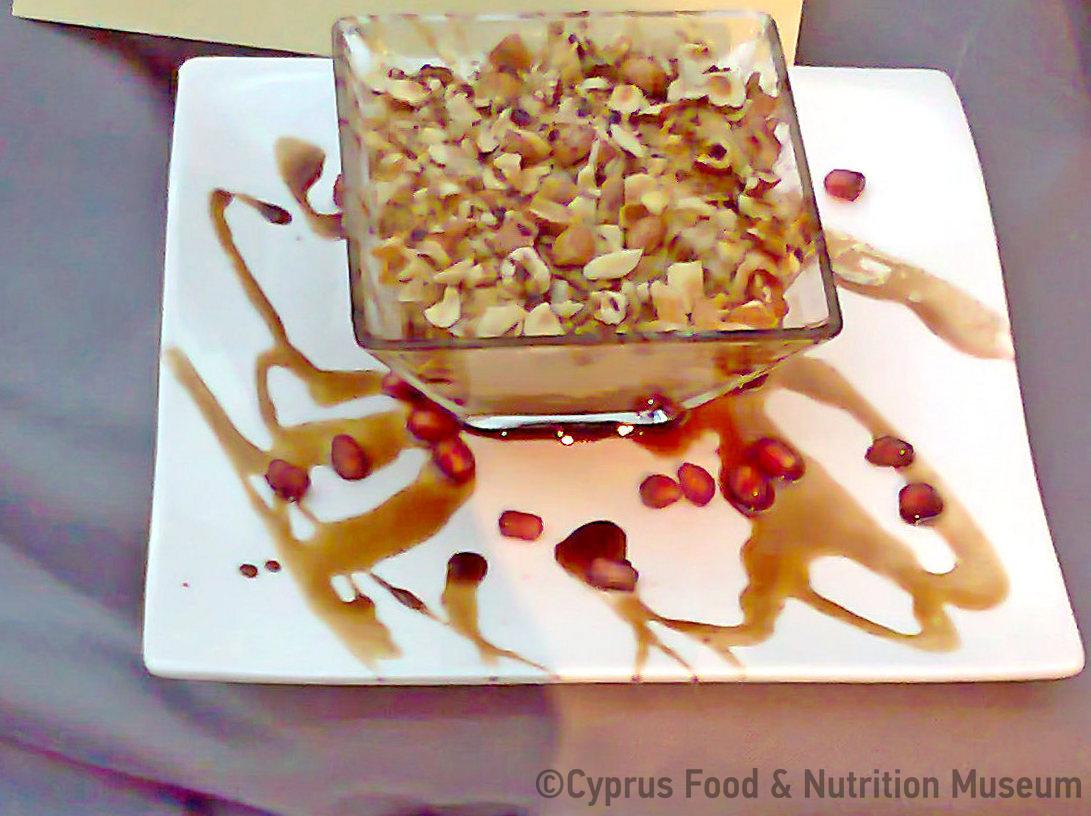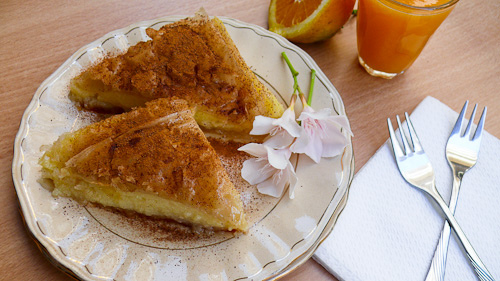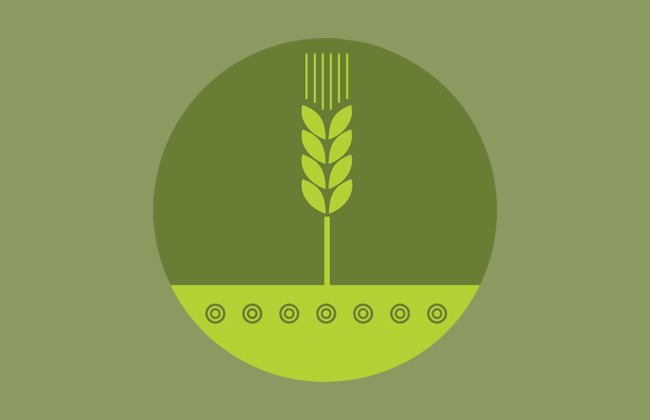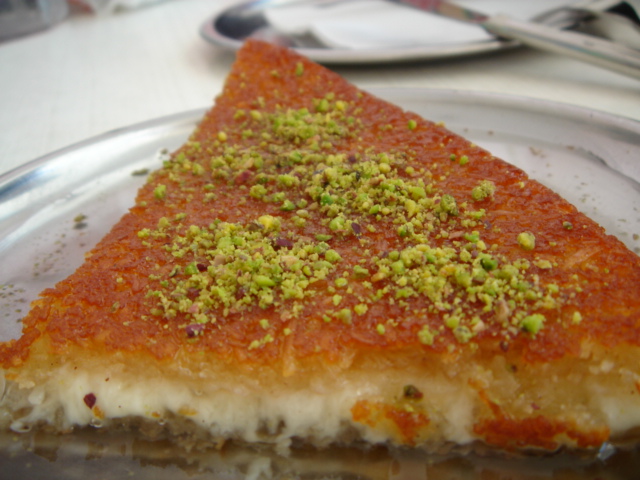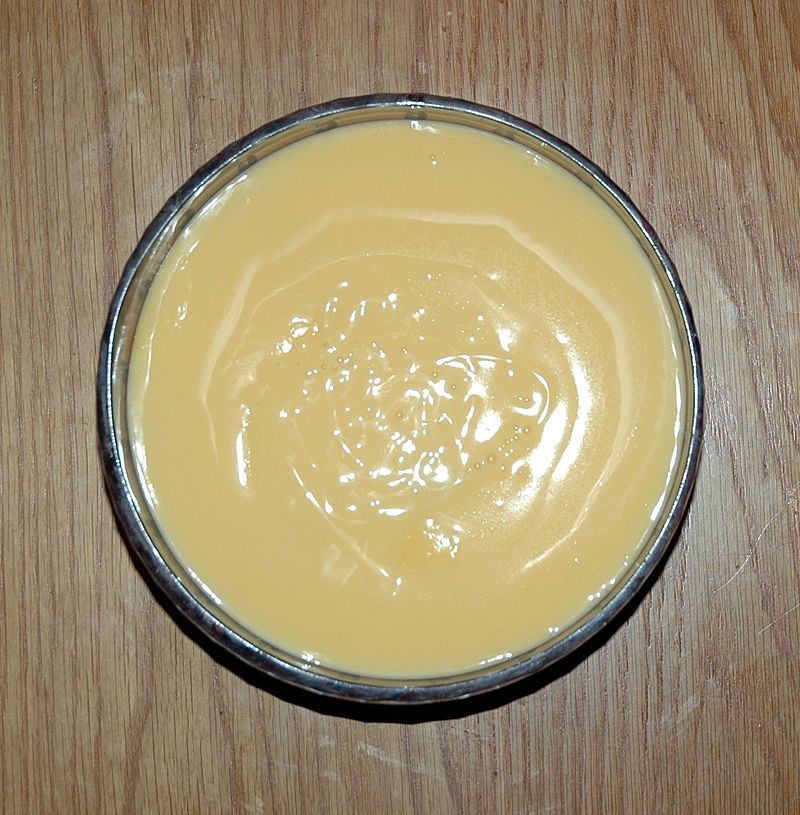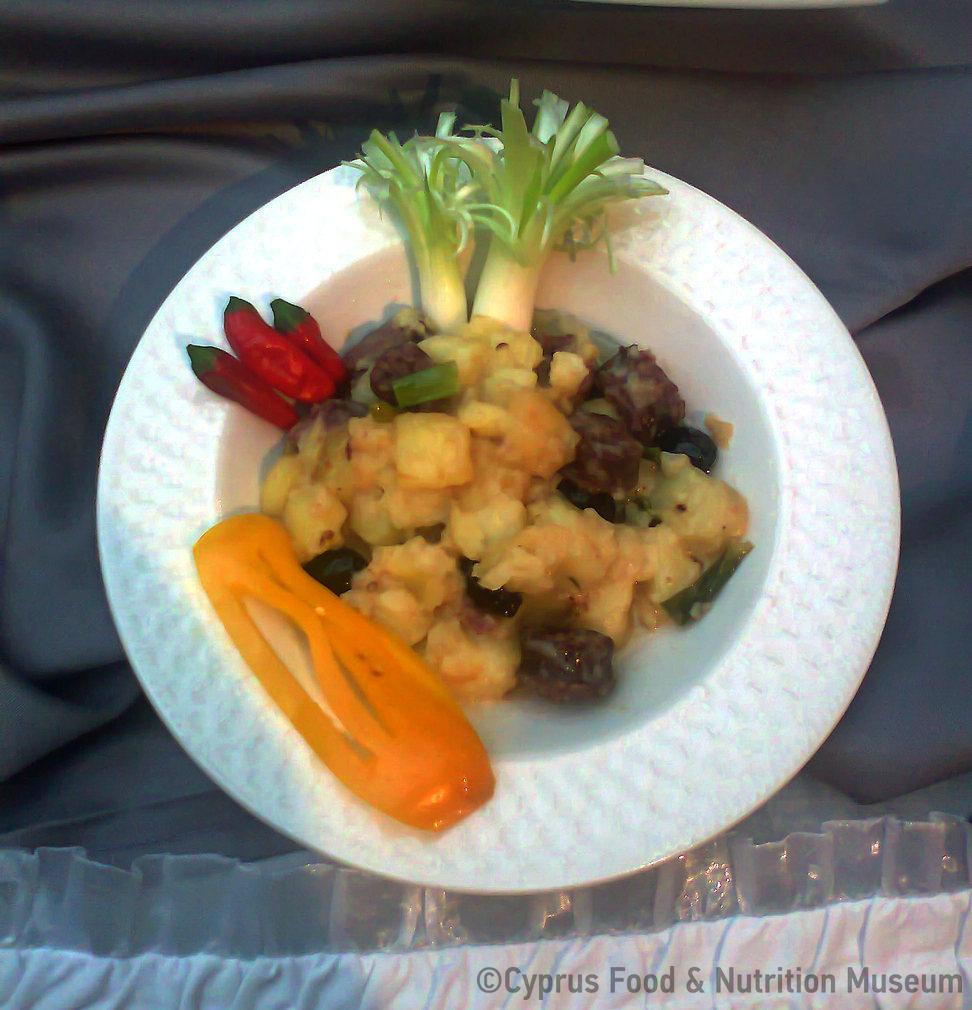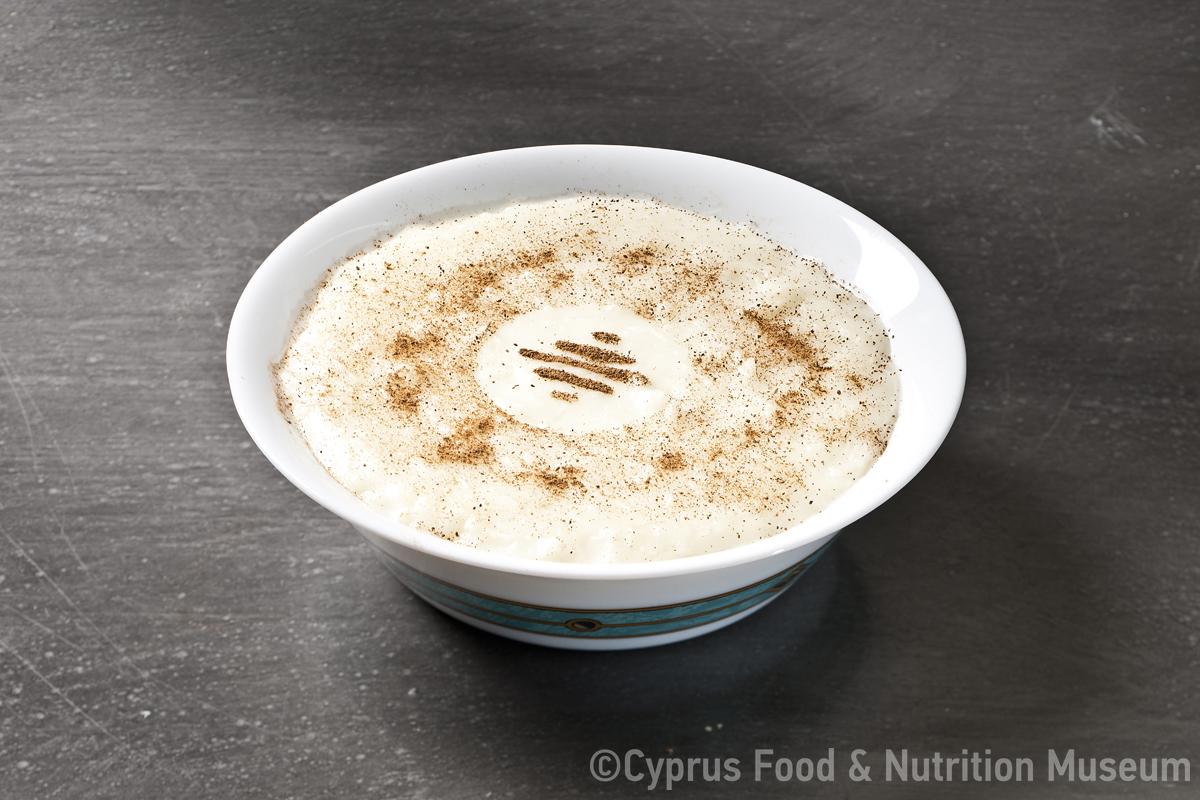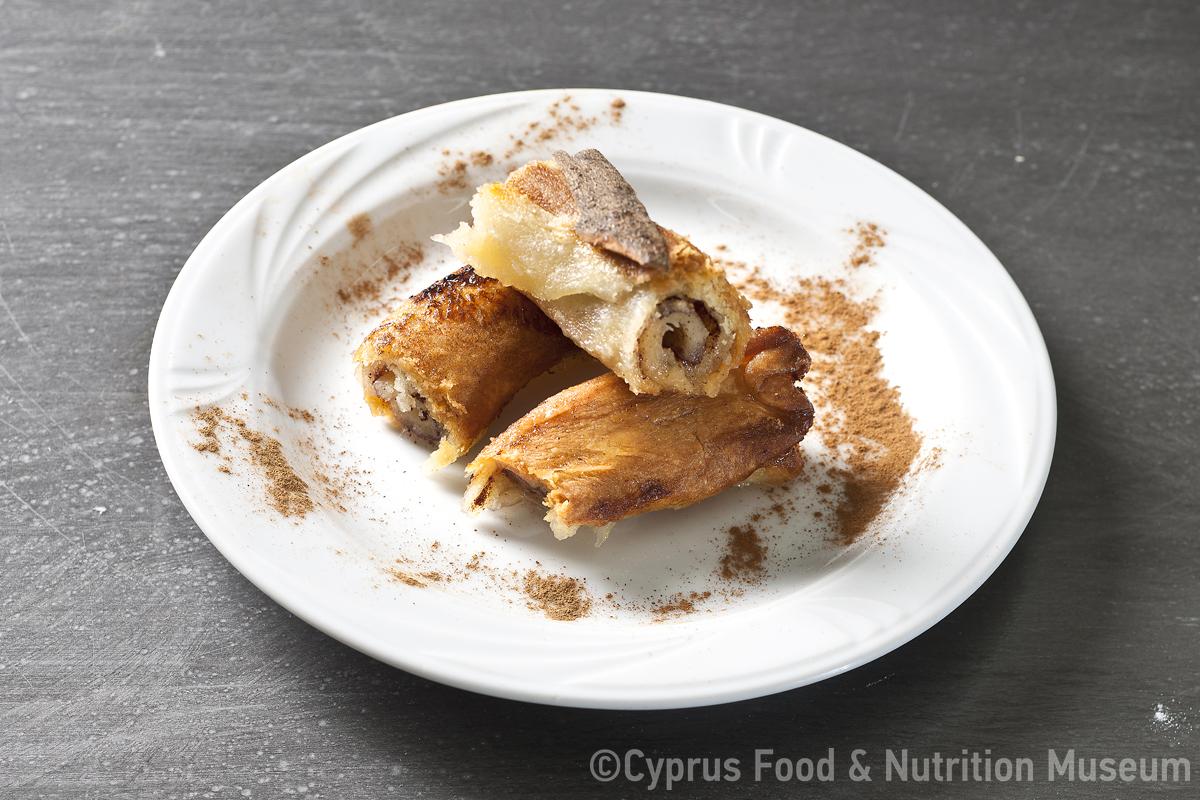The cream that forms on the surface of milk after milking
Name - Origin
Kρέμα γάλακτος, καϊμάκι
Milk obtained after milking would be placed in open basins and exposed to overnight coolness. In the following morning, they would collect the thick layer that would rise to the surface, called "tsippa". Tsippa would be heated over fire so that milk butter, which was very expensive and tasty, would be obtained. This butter was used in cooking, usually in frying eggs. Tsippa, before extracting butter, was used to make pies, tsippopitta and kattimeri (Leontiou 1983, 133; Economides 2004).
Functional and symbolic role
Tsippa was the most expensive type of fat that Cypriots traditionally used in their diet. It was used in cooking, but mainly for the preparation of delicious sweets, such as tsippopitta, kafouropitta and kattimeri (the ones that were traditionally made in the village of Palaikythro) (Kyprianou 1992, 70-71, 77)
Additional information and bibliography
Leontiou N. (ed.) (1983), Άσσια. Ζωντανές μνήμες, βαθιές ρίζες, μηνύματα επιστροφής, Cultural Association «i Ássia», Nicosia.
Kyprianou P. Chr. (1992), «Λαογραφικά του Παλαίκυθρου», Λαογραφική Κύπρος 42 (παράρτημα), 1-101.
Economides S. (2004), Το γάλα και τα γαλακτοκομικά προϊόντα της Κύπρου με ιδιαίτερη αναφορά στο τυρί χαλλούμι, Cyprus Dairy Industry Organisation, Nicosia.
Eleni Christou, Demetra Demetriou, Antonia Matala, Tonia Ioakim, Argyro Xenophontos.

